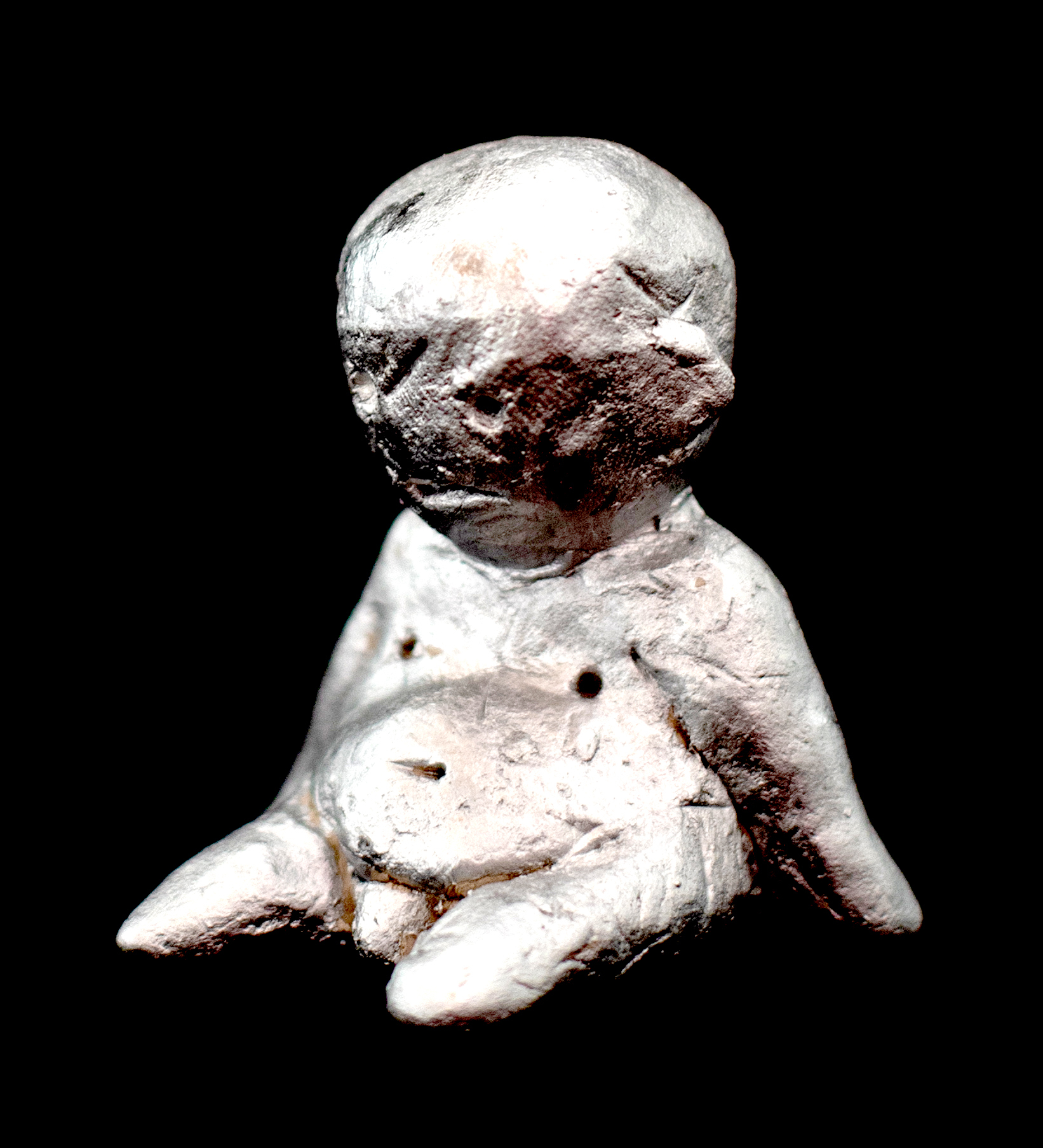Connect to the Structure
Rainbow Dragon Myth
17032025
Content of the Novel "Fish": Restoring the Myth of Ascension
"Fish" is not just a path, it is the dragon. The dragon is not the result, not the final point. The dragon is the process itself, its movement, its length, its twists. The path is already the transformation; it already holds the shape.
The novel "Fish" is an attempt to restore the myth of ascension. But this myth is not external, not pre-defined. It is not presented as a legend narrated by the storyteller. It manifests within the text itself, in its essence, and only at a certain moment does the reader realize that it has been there all along. This is not a myth being told; it is a materialized myth, revealed in the form of the novel.
As if a person, unknowingly, began to walk the path of Heracles. Simply moving forward, overcoming obstacles, living. And then, at one moment, encountered the myth of Heracles. But it was not the protagonist who understood this—it was the audience. The reader sees the myth, sees how the path and the legend intersect, but the hero continues the journey, unaware.
As if you were walking through a building and suddenly noticed a blueprint of that building on the wall. You look at it, understand that you are moving through its layout. But then you continue walking, not by the drawing, but through its materialized structure.
This is Psy-Fi. It is not Sci-Fi, not conventional speculative fiction. It is a fixation of altered states of perception, the materialization of what usually remains buried in the subconscious.
Molly’s Path Structure
Narrative Principles
What Does It Mean?
It means that the path is endless. That you are not going towards the dragon; you are already within it, already its curve. That the myth does not exist separately but as the text itself, as its structure. It means that you may see the blueprint of the building, but you will walk through its walls, its staircases, feeling its materiality, not following drawn lines.
It means that "Fish" is a materialized myth.
"Fish" is not just a path, it is the dragon. The dragon is not the result, not the final point. The dragon is the process itself, its movement, its length, its twists. The path is already the transformation; it already holds the shape.
The novel "Fish" is an attempt to restore the myth of ascension. But this myth is not external, not pre-defined. It is not presented as a legend narrated by the storyteller. It manifests within the text itself, in its essence, and only at a certain moment does the reader realize that it has been there all along. This is not a myth being told; it is a materialized myth, revealed in the form of the novel.
As if a person, unknowingly, began to walk the path of Heracles. Simply moving forward, overcoming obstacles, living. And then, at one moment, encountered the myth of Heracles. But it was not the protagonist who understood this—it was the audience. The reader sees the myth, sees how the path and the legend intersect, but the hero continues the journey, unaware.
As if you were walking through a building and suddenly noticed a blueprint of that building on the wall. You look at it, understand that you are moving through its layout. But then you continue walking, not by the drawing, but through its materialized structure.
This is Psy-Fi. It is not Sci-Fi, not conventional speculative fiction. It is a fixation of altered states of perception, the materialization of what usually remains buried in the subconscious.
Molly’s Path Structure
- Beginning. The Island. Total Incomprehension
- She is thrown into the unknown. Just a body that breathes.
- Her perception is fragmented, the environment thick, viscous, not letting her exhale.
- There is no path, no goal. Only movement.
- Adaptation. First Shifts
- She gets used to the space, but it remains alien.
- At some point, there is a need to move upwards. Not a goal, but a necessity.
- The Upward Journey. Transformations
- She undergoes trials, but they do not form a linear progression. They flow, shift, return.
- The process itself is the dragon. The dragon is not the end; it is the twisting of the path.
- The Myth Within the Process
- Somewhere along this journey, the myth manifests, but it is not explained.
- It is a moment of contact: as if the myth flares up but continues on its own, without conscious recognition.
- The Finale. Rebirth
- She completes the journey, but the end is not an achievement.
- The end is the next cycle. It is death and birth, it is new movement upwards, altered but inevitable.
Narrative Principles
- Psy-Fi, not Sci-Fi. It is a fixation of state, not an explanation of structure.
- The myth is not narrated; it manifests. It appears somewhere within the text, in a moment, but is never explicitly formulated.
- The dragon is not a goal but a process. The very movement is already the dragon’s form.
- The reader sees more than the protagonist. Like a traveler who sees the blueprint of the building but continues moving not by it, but through its architecture.
- The end is a cycle. There is no finality, only the next twist of the path.
What Does It Mean?
It means that the path is endless. That you are not going towards the dragon; you are already within it, already its curve. That the myth does not exist separately but as the text itself, as its structure. It means that you may see the blueprint of the building, but you will walk through its walls, its staircases, feeling its materiality, not following drawn lines.
It means that "Fish" is a materialized myth.

whole idea in one illustration

